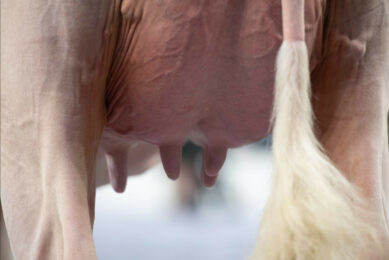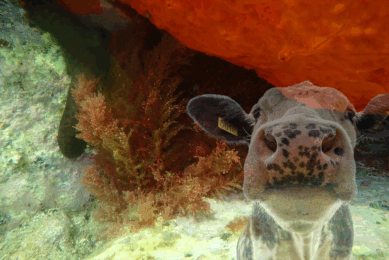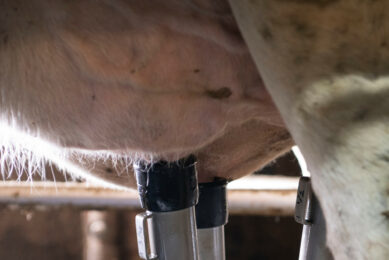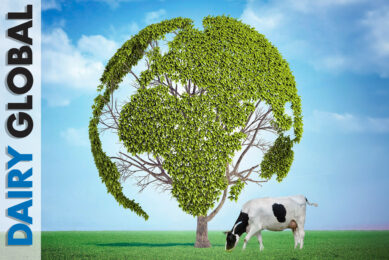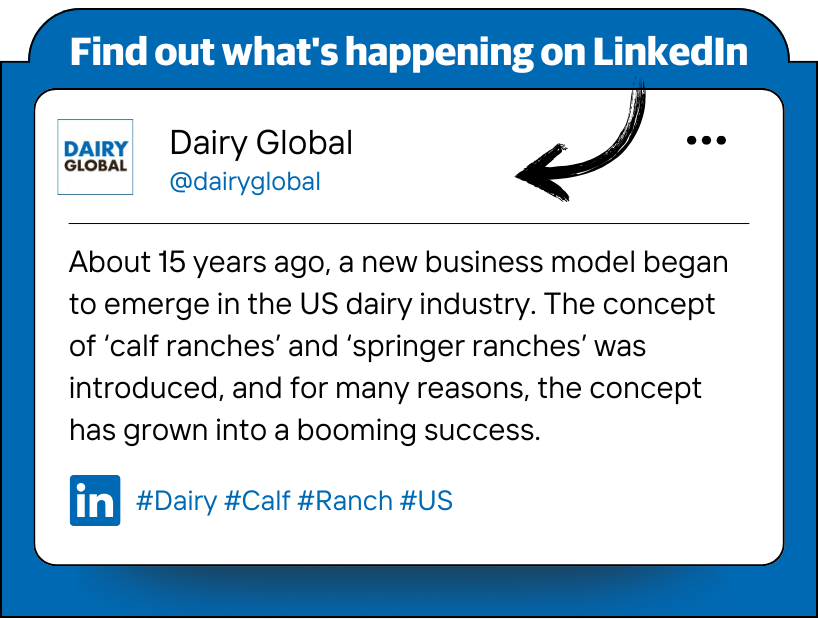Trials show new dairy feed additive cuts methane by up to 28%
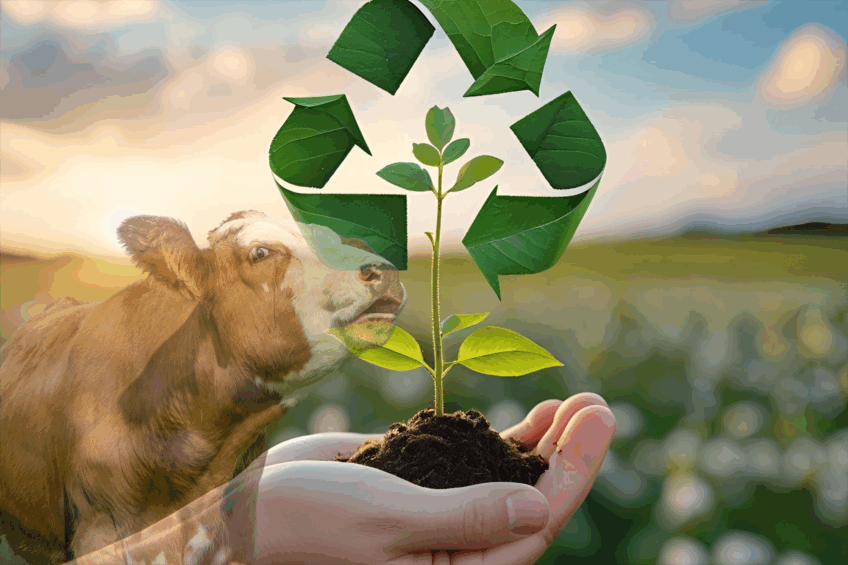
Research funded by the Department of Agriculture in Ireland shows that anti-methane feed additives can reduce methane emissions from cattle kept indoors by 10-28%.
Experiments conducted on a calcium-peroxide-based feed additive known as RumenGlas have demonstrated the potential reduction in methane in an indoor setting, depending on the animal type, the diet, and the inclusion rate of the additive.
Boost in animal performance
In addition, one study conducted in conjunction with the Global Research Alliance demonstrated the potential for both an animal performance benefit (12% higher growth rate and feed conversion efficiency in growing beef cattle) as well as a reduction in methane (-10%) for the first time ever in an Irish setting. This finding will be tested in further studies.
The challenge going forward is to bring these tools into widespread use on Irish farms – and to do that, we are working with farmers every step of the way. Our farmers are innovators and are ready to lead on climate action – not just for Ireland, but as an example to the world,”
– Irish prime-minister Micheál Martin said in his opening speech to the conference.
ROADMAP methane database launched
The results were presented during the Agriculture and Climate Change: Science into Action conference at Dublin Castle. The ROADMAP project, funded by the Agriculture Department, has developed one of the largest databases in the world for methane production in animals. This has demonstrated that there is potential to select and breed animals that can produce 10-20% less methane.
This is allowing Irish farmers to select bulls for lower methane emissions with no impact on other desirable traits such as animal performance.
Join 13,000+ subscribers
Subscribe to our newsletter to stay updated about all the need-to-know content in the dairy sector, two times a week.



